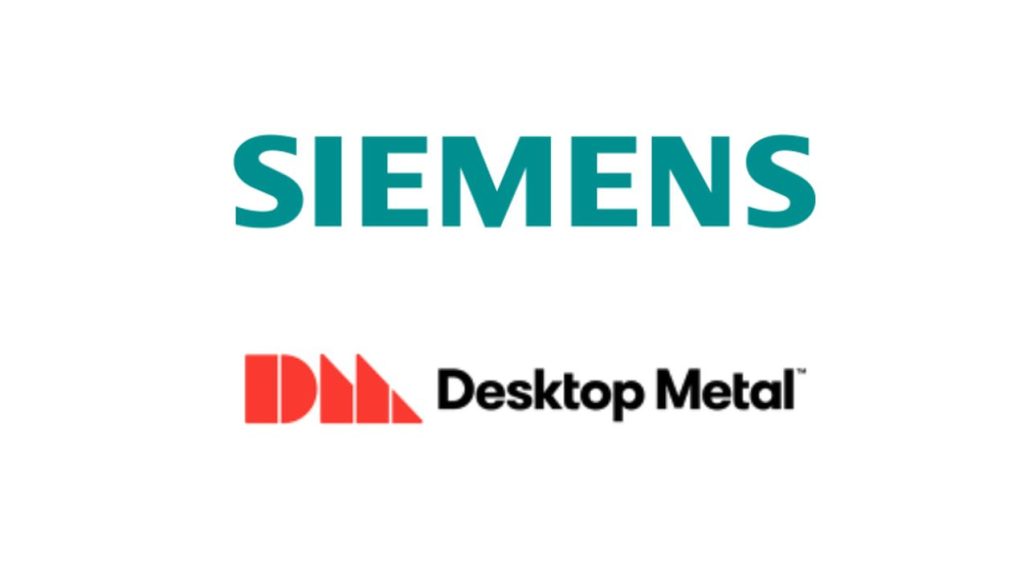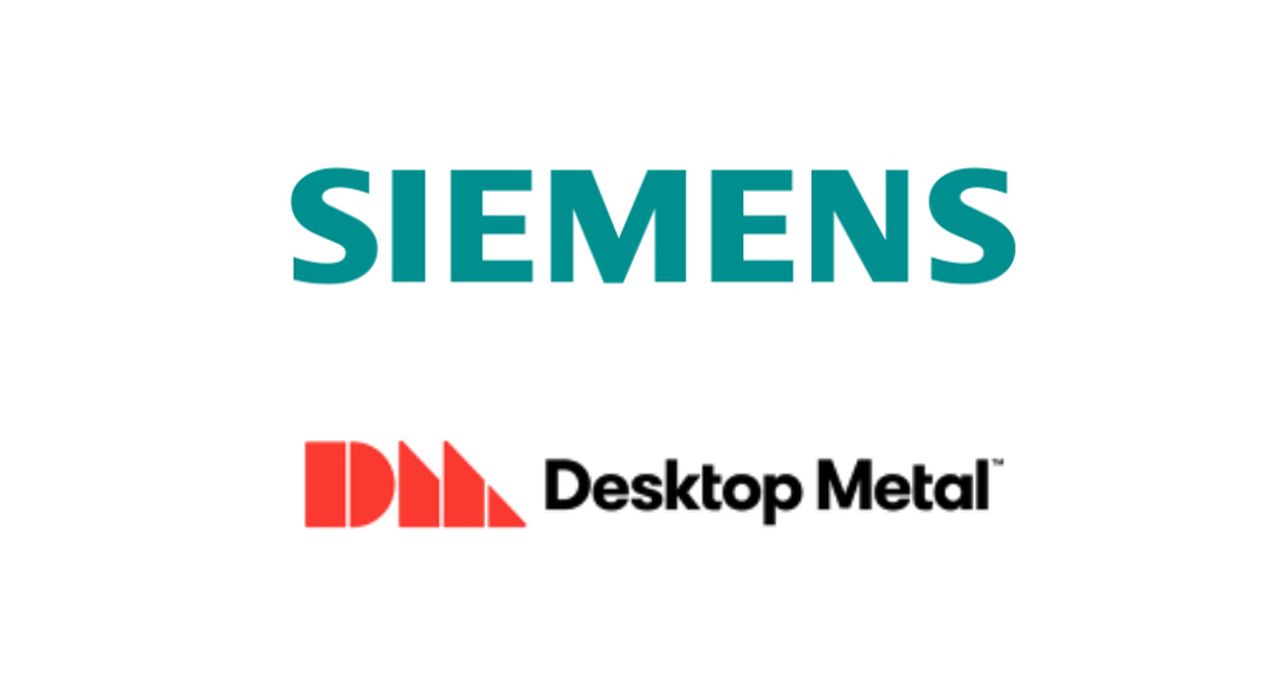
The collaboration combines Desktop Metal’s user-friendly AM platform with Siemens’ hardware, software and digital services.
Siemens is working to accelerate the adoption of additive manufacturing as a core global production process through a new partnership with 3D printing company Desktop Metal. The partnership is aimed at making addictive manufacturing (AM) more feasible and sustainable by fusing Siemens’ repertoire of Internet of Things (IoT)-enabled hardware, software and digital twin services with Desktop Metal’s rapid prototyping and mass production platform.
The partnership comes at a time when companies are increasingly becoming interested in additive manufacturing’s advantages for quickly creating parts with complex geometries. Seizing this interest, Desktop Metal has expanded its portfolio of 3D printing processes, materials and applications. It refers to Additive Manufacturing 2.0 (AM 2.0) as a revolution underway that’s fundamentally changing the global manufacturing landscape. One of the drivers of this change is the heightened speed at which AM can deliver parts, with binder jet printers producing up to 100x faster than laser-based 3D printing. In addition to binder jetting, Desktop Metal is investing in digital light processing (DLP)—a type of stereolithography (SLA) that also offers production at high speeds.
The companies’ joint efforts will be multifaceted, with Desktop Metal incorporating multiple Siemens technologies. In particular, there will be increased integration of Siemens technologies in Desktop Metal’s AM 2.0 systems, including its operational technology, IT and automation. The focus will be on promoting the benefits of AM 2.0 technologies, especially binder jet 3D printing’s capability to reduce waste, boost production and increase supply chain resiliency.
“Enabling customers to simulate different task-time scenarios for the full binder jetting process can help customers plan before they purchase any equipment,” said Ric Fulop, founder and CEO of Desktop Metal, in a press release. “As our technology continues to make inroads toward high-volume production, we believe Siemens technology will be of increasing value to our customers.”
The 3D printing company will benefit from Siemens simulation and planning tools for machine and factory design. One example of this is Siemens digital twin tools that will be used for designing machines, while Siemens Advanta will simulate all levels of the binder jetting process and global plant planning. The latter will help Desktop Metal scale up processes by enabling fast and reliable decisions for factory planning.
Another aspect of the collaboration will involve the two companies working on specific industrial-scale projects that include data handling, environmental, health, and safety topics.
Read the rest at ENGINEERING.com

